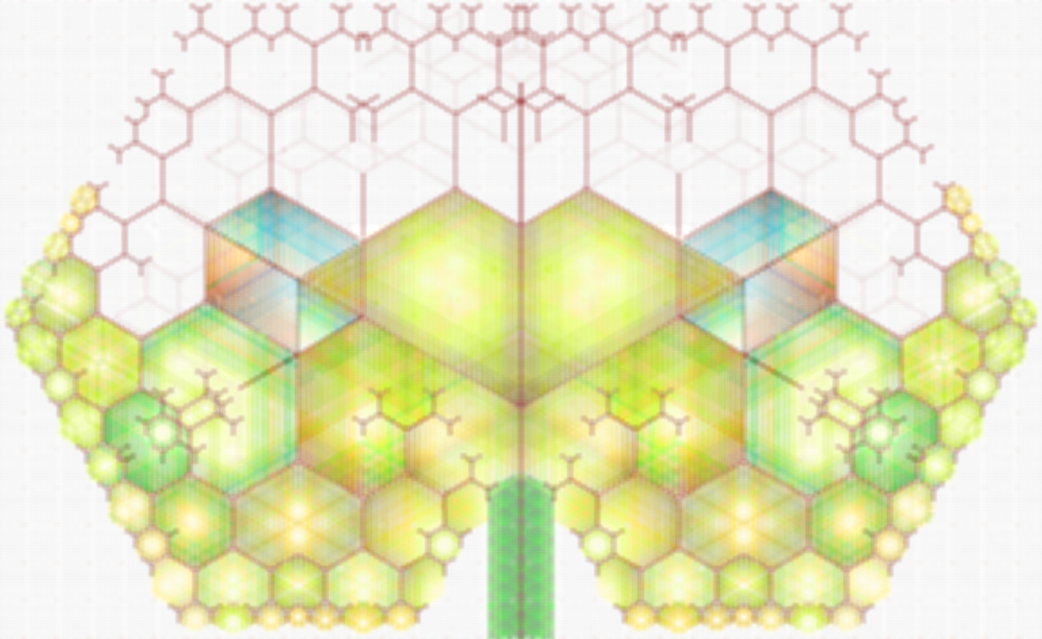
Algebra
One of the most important aspects that separates our proposed canonical set theory from the rest is the fact that we can provide a good definition of functions and operations on sets of natural numbers with results that tie together different fields of mathematics such as group theory, combinatorial mathematics, data types, and analysis, among others.
We are able to describe a canonical order for finite functions, by coding every finite function as a natural number. The order that results on the functions is well behaved in several ways. The suborder induced on the subset of finite permutations is well behaved in even more ways.
Given these constructions we can then code the structure of every finite group as a natural number with a well behaved equivalence relation: Two groups are isomorphic if and only if they are represented by the same natural number. A canonical block form is defined for finite groups that allows to find the numeric representation of the group. The canonical order obtained in this manner for finite groups is well behaved with respect to cardinality and factorization of the groups in many interesting ways. Furthermore, finding the canonical block form also yields the automorphisms of the group.
These methods can be extended to other kinds of algebraic structures in a natural way to include rings, fields, modules, linear spaces, among other generalizations.
Course Material
Video Lectures
Notes
Supplementary Material
The supplementary material includes examples, problem sets, extra topics, detailed proofs and external references to books, videos, reviews, essays and more.
Examples and Problem Sets
Bibliography
Additional Links
